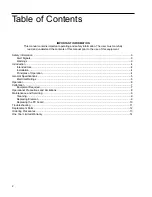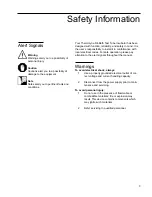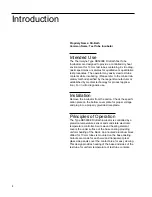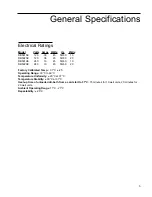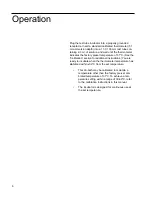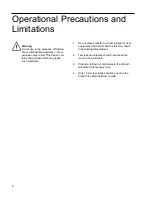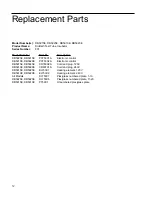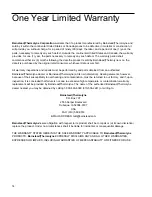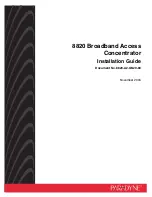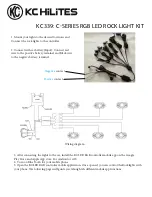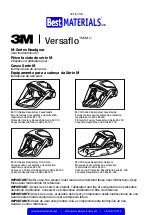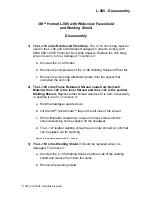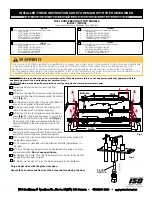
Cleaning
1.
Unplug incubator.
2.
Remove six screws holding plexiglass panels.
3.
Panels may be washed in a mild detergent
using lukewarm water. Incubator may be
cleaned with a moist soapy cloth. Do not
immerse bottom control section.
Replacing Element
1.
Disconnect from line voltage.
2.
Place unit upside down.
3.
Remove the four screws on the outside of the
lower casting. Remove bottom cover.
4.
Disconnect terminals from heating element.
5.
Carefully remove thermistor from block.
6.
Remove the 2 screws and washers which are
located on the aluminum plate. (These screws
hold the heating element onto the casting; they
also hold the block to the casting.)
7.
Remove the plate with the PC board and lay it
to one side.
8.
Remove the insulation, element and spacers.
9.
Install the new element.
10. Replace the insulation, spacers, plate with PC
board, washers and screws.
11.
Clean the old (RTV) silicone from the plate and
thermistor.
12. Using 100% silicone, coat the tip of the thermis-
tor. Reinstall the thermistor in the block.
9
Maintenance and Servicing
Warning
Refer servicing to qualified personnel.
Disconnect from power supply before
servicing.
Caution
Grip thermistor on sleeving near alu-
minum plate.


